
Find Help
More Items From Ergsy search
-

At what time of day is the sunburn risk highest?
Relevance: 100%
-
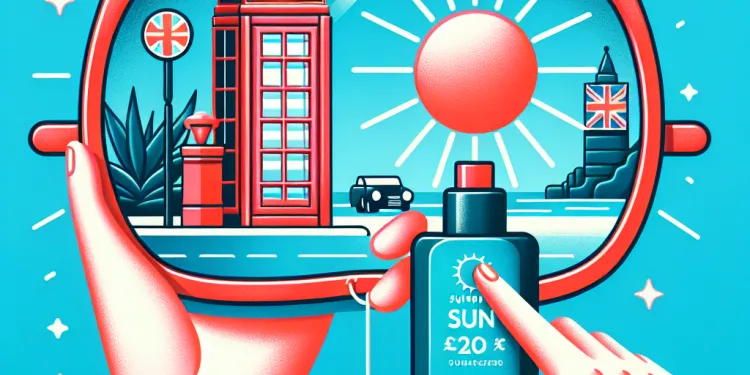
What is sunburn?
Relevance: 60%
-

What causes sunburn?
Relevance: 60%
-

What is Sunburn?
Relevance: 58%
-
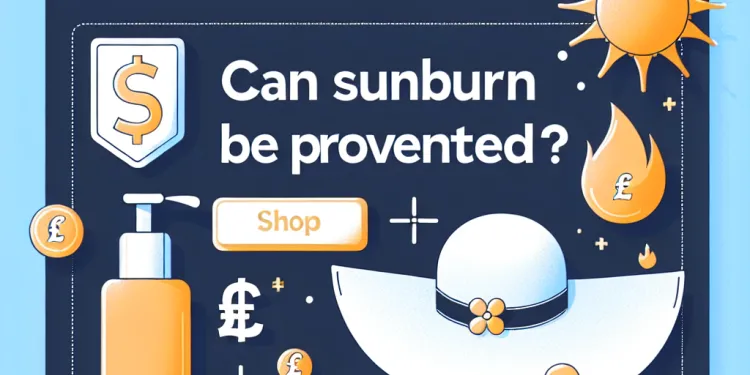
Can sunburn be prevented?
Relevance: 56%
-

Is it possible to get sunburned on cloudy days?
Relevance: 56%
-
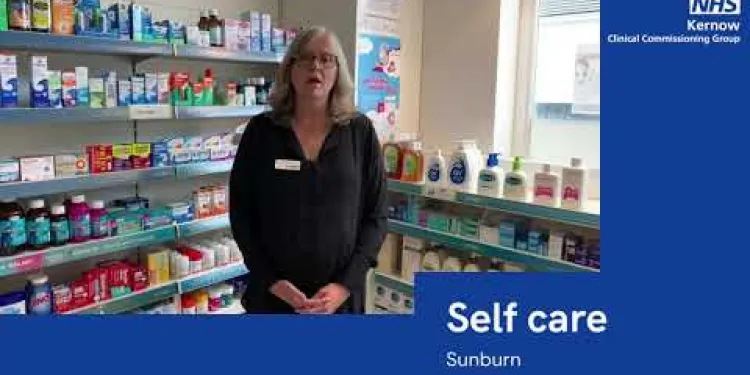
Self care - sunburn
Relevance: 54%
-
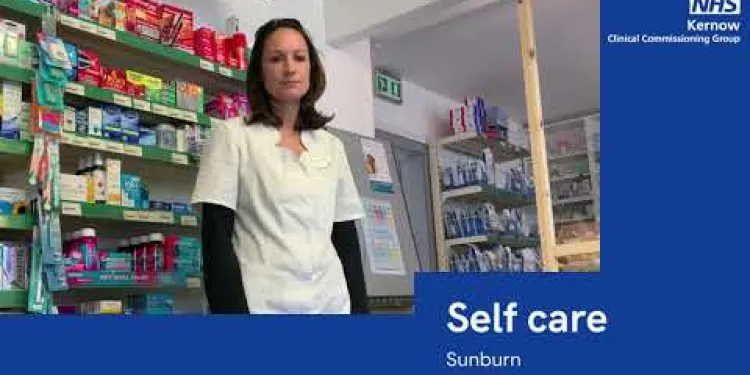
Self care - sunburn
Relevance: 52%
-
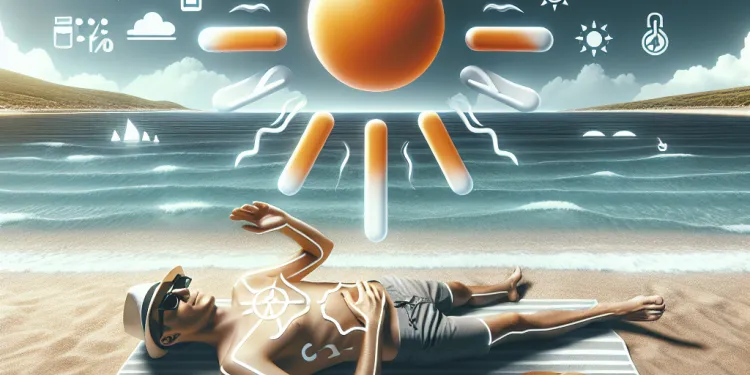
Can sunburns cause permanent damage?
Relevance: 51%
-
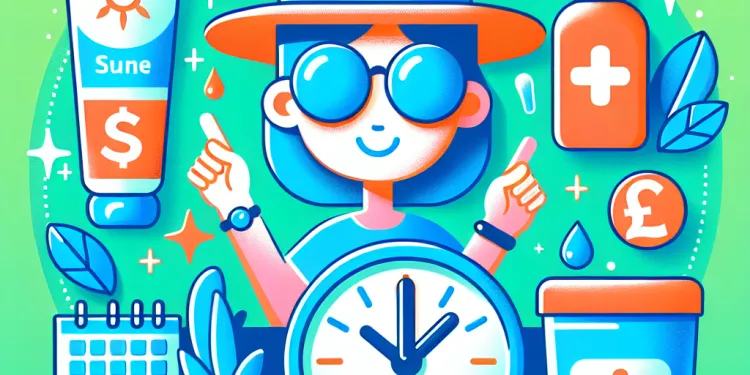
How long does it take for sunburn to appear?
Relevance: 51%
-
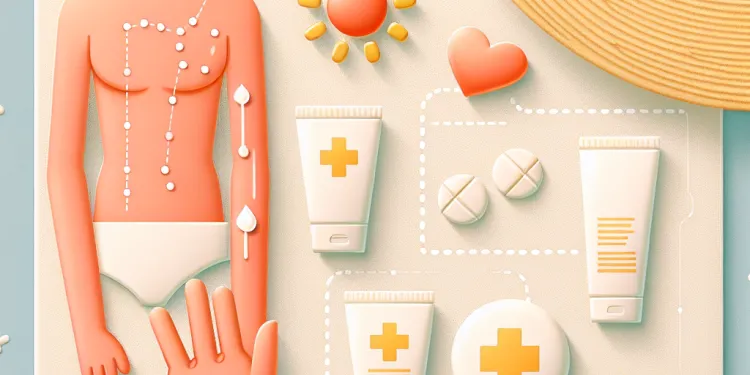
What are the symptoms of sunburn?
Relevance: 50%
-

Are some people more prone to sunburn?
Relevance: 50%
-

Can sunburn turn into a tan?
Relevance: 49%
-

How is sunburn treated?
Relevance: 49%
-
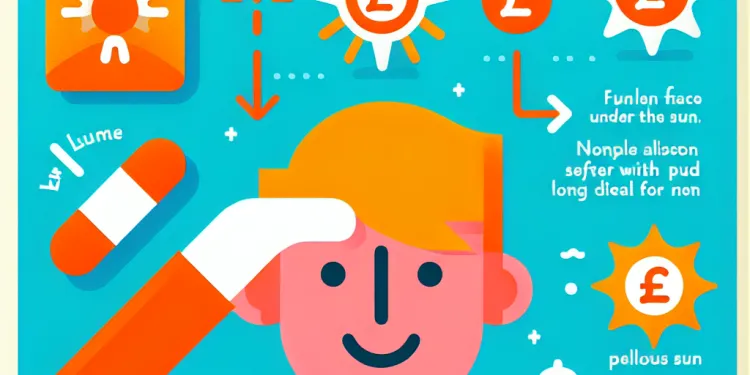
What are the long-term effects of sunburn?
Relevance: 49%
-

Is peeling a normal part of sunburn recovery?
Relevance: 47%
-

Can dark-skinned individuals get sunburned?
Relevance: 47%
-

Do I need sunscreen on cloudy days?
Relevance: 46%
-

Does water reflect UV rays, increasing the risk of sunburn?
Relevance: 46%
-
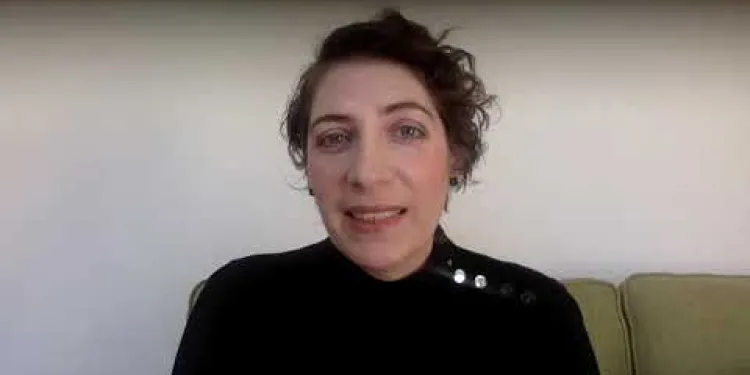
World Pancreatic Cancer Day - No Time to Wait
Relevance: 45%
-
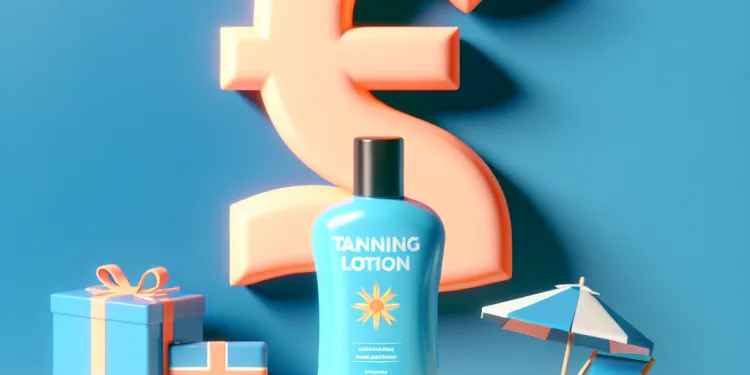
Does tanning lotion prevent sunburn?
Relevance: 44%
-

What SPF level is recommended to prevent sunburn?
Relevance: 40%
-

Is there a specific time of day when coffee has the most impact on blood pressure?
Relevance: 36%
-

What SPF should I use if I am going to be outdoors all day?
Relevance: 34%
-

What to expect on the day of your operation
Relevance: 33%
-
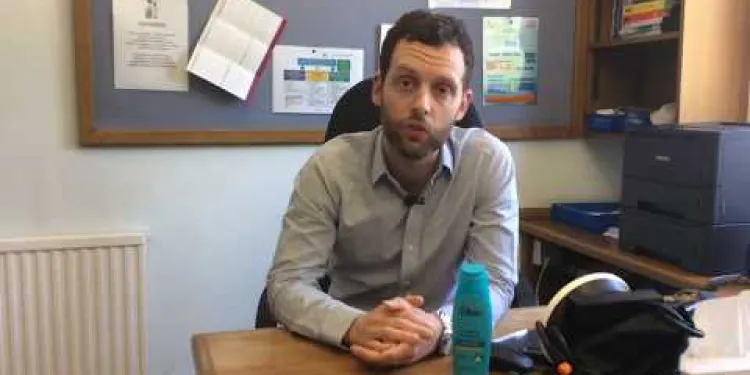
What to do if you're sunburnt
Relevance: 31%
-
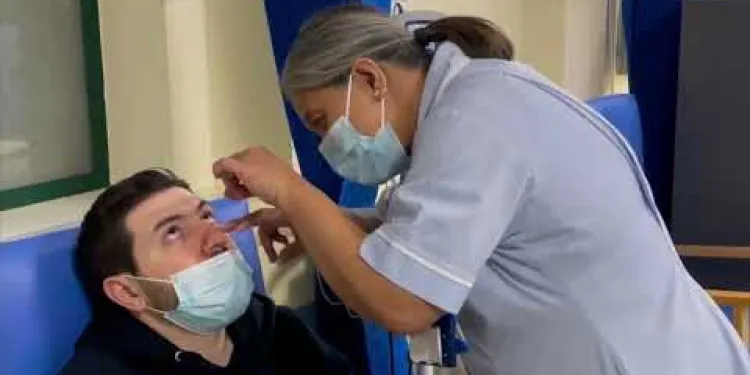
On the day of your cataract surgery
Relevance: 31%
-

Can I have visitors on the first day?
Relevance: 30%
-

What to expect on the first day in a British prison.
Relevance: 30%
-
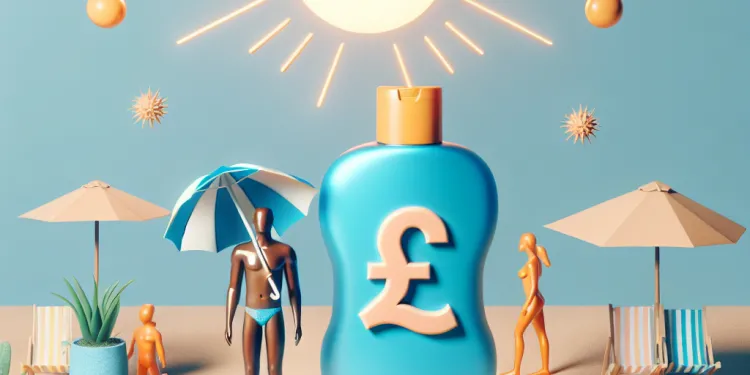
Why do some people not burn as easily as others?
Relevance: 29%
-

What time are meals served?
Relevance: 29%
-

Undergoing day case surgery at University Hospitals Bristol
Relevance: 28%
-

How many days of bereavement leave can I take?
Relevance: 27%
-

Can players return to play on the same day after a suspected concussion?
Relevance: 26%
-

What is the recovery time for a facelift?
Relevance: 25%
-
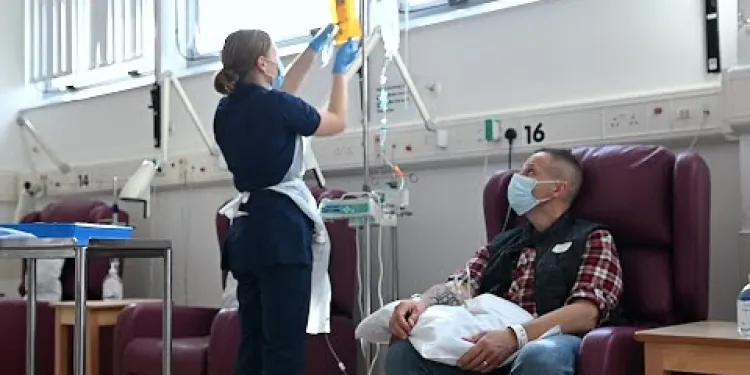
Having chemotherapy and other treatments in the Day Treatment Unit
Relevance: 25%
-
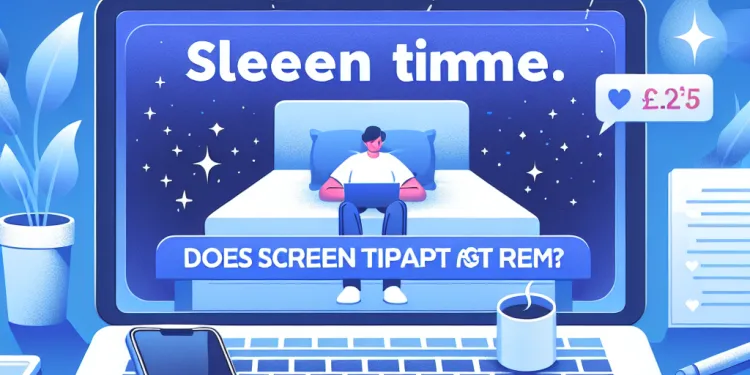
Does screen time impact REM sleep?
Relevance: 24%
-

What should I do if I overstay my 90-day limit in the Schengen Area?
Relevance: 24%
-

Same day discharge for NHS Golden Jubilee’s hip replacement patients
Relevance: 24%
-
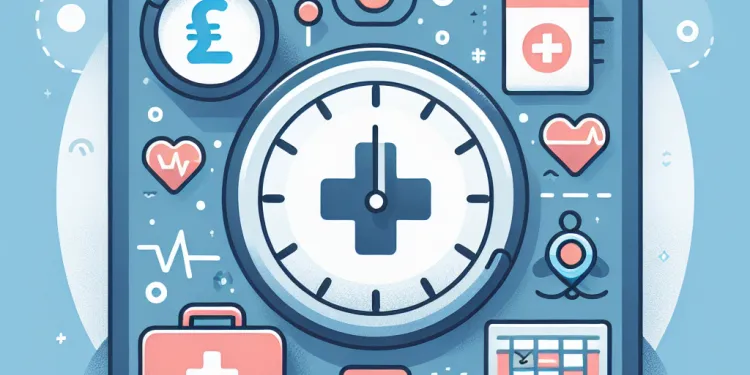
How long is the recovery time after an appendectomy?
Relevance: 24%
Understanding Sunburn Risk
Sunburn is a common concern, especially during the warmer months, as it can lead to skin damage and increase the risk of skin cancer. In the UK, understanding when the risk of sunburn is highest can help individuals take necessary precautions to protect their skin. The primary factor contributing to sunburn is exposure to ultraviolet (UV) radiation from the sun.
Peak UV Radiation Hours
The sunburn risk is highest when the sun is at its most intense, which typically occurs between 11 a.m. and 3 p.m. during British Summer Time (BST). During these peak hours, the sun’s rays have a shorter distance to travel through the atmosphere, resulting in stronger UV radiation reaching the Earth's surface. This means that the sunburn risk is significantly elevated during this time, and it’s crucial to take protective measures if spending time outdoors.
UV Index and Sunburn Risk
The UV Index is a helpful tool for gauging the strength of sun exposure at a particular time and place. It provides a forecast of the expected risk of overexposure to UV radiation. In the UK, a UV Index of 3 or higher indicates a moderate risk of sunburn, and caution is advised. The Index tends to rise quickly during the late morning, peaking in the early afternoon. Therefore, checking the UV Index can provide useful guidance on when it’s safest to be outside without risking sunburn.
Regional Variations
While the time of day significantly impacts sun exposure, geographical location within the UK also plays a role. The sunburn risk may vary depending on the latitude and prevailing weather conditions of an area. Southern parts of the UK typically receive more intense sunlight compared to the north. However, regardless of the region, peak sunburn risks generally align with the midday hours when the sun is strongest.
Preventive Measures
To minimise the risk of sunburn during high-risk hours, it is advisable to seek shade, especially between 11 a.m. and 3 p.m. Wearing protective clothing, such as hats and sunglasses, applying broad-spectrum sunscreen with at least SPF 30, and staying hydrated can further prevent sunburn. Additionally, paying attention to the day's weather and UV forecasts can help individuals plan outdoor activities more safely.
Conclusion
In summary, the risk of sunburn is highest in the UK during the late morning to mid-afternoon, particularly between 11 a.m. and 3 p.m. Monitoring the UV Index and being aware of regional differences can help individuals protect themselves from excessive UV exposure. By understanding and respecting these timeframes, taking preventive measures becomes easier, ultimately helping to avoid sunburn and maintain healthy skin.
Understanding Sunburn Risk
Sunburn happens when your skin gets too much sun. This can hurt your skin and might cause skin cancer later on. In the UK, knowing when the sun is strongest can help you stay safe. Sunburn is mainly caused by UV rays from the sun.
Peak UV Radiation Hours
The risk of getting sunburned is highest when the sun is very strong. This usually happens between 11 a.m. and 3 p.m. in the UK. During these hours, the sun's rays are stronger. It's important to protect your skin if you are outside at this time.
UV Index and Sunburn Risk
The UV Index is a useful tool. It tells how strong the sun's rays are in a place at a certain time. If the UV Index is 3 or more, there's a risk of sunburn. It's good to check the UV Index to know when it's safer to be outside.
Regional Variations
Besides the time of day, where you are in the UK also affects sunburn risk. The south gets more strong sunlight than the north. But no matter where you are, the sun is strongest and risk is highest around midday.
Preventive Measures
To avoid sunburn when the sun is strong, try to stay in the shade between 11 a.m. and 3 p.m. Wear hats and sunglasses, use sunscreen with SPF 30 or more, and drink lots of water. Checking the weather and UV forecast can help you plan outdoor activities safely.
Conclusion
In short, you are most likely to get sunburned in the UK from late morning to mid-afternoon, especially between 11 a.m. and 3 p.m. Watching the UV Index and knowing about the sun's strength in your area can help you stay safe. By taking care during these times, you can protect your skin and keep it healthy.
Frequently Asked Questions
At what time of day is the sunburn risk highest?
The sunburn risk is highest between 10 a.m. and 4 p.m. when the sun's rays are the strongest.
Why is the sunburn risk highest between 10 a.m. and 4 p.m.?
During these hours, the sun is at its highest point in the sky, leading to more direct and intense UV radiation.
Do I need sun protection at noon?
Yes, especially around noon, UV radiation is at its peak, so sun protection is highly recommended.
Can I get sunburned on cloudy days?
Yes, UV rays can penetrate clouds, causing sunburn even on overcast days.
Is the UV index higher in the summer?
Yes, the UV index is generally higher in the summer due to the angle of the sun and clearer skies.
Does altitude affect sunburn risk?
Yes, UV exposure increases with altitude, so the risk of sunburn is higher in mountainous regions.
Are UV rays harmful even in the winter?
Yes, UV rays can still be strong in winter, especially reflected off snow, increasing sunburn risk.
Is sunburn possible outside of peak UV hours?
Yes, sunburn is possible anytime the sun is out; however, the risk is lower in early morning and late afternoon.
Can you get sunburned through windows?
Yes, UVA rays can penetrate windows, so prolonged exposure can lead to sun damage.
Do water and sand increase sunburn risk?
Yes, water and sand can reflect UV rays, increasing the risk of sunburn.
Is it safe to be in the sun without protection outside peak hours?
While the risk is lower outside peak hours, it's still advisable to use sun protection anytime you are exposed to direct sunlight.
What methods can reduce sunburn risk during peak hours?
Use sunscreen with high SPF, wear protective clothing, seek shade, and wear a hat and sunglasses.
How does skin type affect sunburn risk?
Lighter skin types tend to burn more easily than darker skin types, but all skin types can be damaged by UV exposure.
Does sunscreen expire, and can expired sunscreen affect sunburn risk?
Yes, sunscreen can expire. Using expired sunscreen may not provide adequate protection, increasing sunburn risk.
How often should sunscreen be reapplied during peak UV hours?
Sunscreen should be reapplied every two hours or more often if swimming or sweating.
What is the UV index, and how is it related to sunburn risk?
The UV index measures UV radiation strength. A higher index indicates greater sunburn risk.
Can reflective surfaces increase sunburn risk?
Yes, surfaces like water, snow, or sand can reflect UV rays and heighten sunburn risk.
Do some people have a higher natural resistance to sunburn?
Yes, individuals with more melanin in their skin have a higher natural resistance but can still experience skin damage.
What is the difference between UVA and UVB rays?
UVA rays penetrate the skin deeply, causing aging, while UVB rays cause more surface damage, leading to sunburn.
How can I check the UV index before going outside?
Check your local weather report, or use smartphone apps that provide UV index readings for your area.
When is it easiest to get sunburned?
The risk of getting sunburned is bigger between 10 a.m. and 4 p.m. That is when the sun is very strong.
Why can you get a sunburn more easily from 10 a.m. to 4 p.m.?
The sun is strongest between 10 a.m. and 4 p.m. This means you are more likely to get a sunburn. The sun is high in the sky, so its rays are stronger.
Here are some ways to stay safe:
- Wear sunscreen to protect your skin.
- Wear a hat and sunglasses to cover your face and eyes.
- Stay in the shade under a tree or umbrella.
- Wear clothes that cover your skin, like long sleeves.
- Drink water to stay cool.
During these hours, the sun is high in the sky. This makes the sun's rays stronger and more direct.
Do I need sun protection at lunchtime?
Yes, the sun is strongest around lunchtime. It's a good idea to use sun protection like sunscreen or wear a hat to keep safe.
Can I get sunburned on cloudy days?
Yes, you can get a sunburn even when it is cloudy outside. The sun's rays can go through clouds and still burn your skin.
Here are some tips to stay safe:
- Wear a hat and sunglasses to protect your face and eyes.
- Put on sunscreen with SPF 30 or higher.
- Use an umbrella for extra shade.
If you find it hard to read or remember, you can use tools like picture guides or voice reading apps. They can help you understand better.
Yes, the sun's rays can go through clouds. This means you can still get a sunburn on cloudy days.
Is the sun stronger in the summer?
The UV index tells us how strong the sun is. In the summer, the sun can be stronger. So yes, the UV index is usually higher in the summer.
To stay safe in the sun, wear a hat and sunscreen. You can also use sunglasses to protect your eyes.
Yes, the UV index is usually higher in the summer. This is because the sun is higher in the sky, and the sky is often clearer.
Does being high up affect sunburn risk?
Yes, the sun is stronger in the mountains, so you can get a sunburn more easily up there.
Can UV rays hurt us in the winter?
Yes, UV rays can still hurt your skin in winter. The sun gives off UV rays all year round. Be careful on sunny days, even if it is cold.
Here are some tips to stay safe:
- Wear sunscreen on your face and skin when you go outside.
- Put on a hat and sunglasses to protect your eyes.
- Stay in the shade to keep safe from the sun.
If you find reading hard, try these tips:
- Ask someone to read with you.
- Use your finger to follow along the text.
- Break the words down into smaller parts.
Yes, the sun's rays (UV rays) can be strong in winter too. They bounce off snow and can cause sunburn.
Can I get sunburned when the sun is not very strong?
Yes, you can get sunburn whenever the sun is shining. But, it's less likely in the early morning and late afternoon.
Can you get a sunburn through windows?
Yes, you can get a sunburn through windows. The glass in windows blocks some, but not all, of the sun's rays.
Here are some tips to help:
- Sit away from sunny windows.
- Put on sunscreen if you are near a window with lots of sunlight.
- Use curtains or blinds to block the sun.
Yes, UVA rays can go through windows. Staying in the sun for a long time can hurt your skin.
Can water and sand make sunburn worse?
Yes, water and sand can bounce the sun's UV rays onto your skin. This makes it easier to get sunburnt.
Can you be in the sun without sunscreen when it is not very sunny?
It is safer to be in the sun when it is not the middle of the day. But, it is still a good idea to use sunscreen any time the sun is shining on you.
How can you stay safe from sunburn in the middle of the day?
Here are some easy ways to protect your skin from sunburn:
- Wear a hat: A big hat can block the sun from your face.
- Use sunscreen: Put sunscreen on your skin. Choose one with a high SPF.
- Wear sunglasses: Sunglasses protect your eyes from bright sunlight.
- Stay in the shade: Find a tree or umbrella to sit under.
- Wear long clothes: Long sleeves and pants cover your skin.
- Check the time: The sun is strongest in the middle of the day. Try not to be outside too much then.
Use a reminder to reapply sunscreen every two hours or after swimming. Ask a friend or family member to help you remember these tips.
Use sunscreen that protects you well from the sun. Wear clothes that cover your skin. Stay in the shade when it's sunny, and wear a hat and sunglasses.
How does your skin type change your chance of getting a sunburn?
People with light skin get sunburned faster than people with dark skin. But the sun can hurt all skin types.
Does sunscreen go bad, and can old sunscreen cause more sunburn?
Yes, sunscreen can go bad. Old sunscreen might not work well, and it can make you more likely to get sunburned.
How many times should you put on sunscreen again when the sun is strong?
When the sun is very strong, you need to put on more sunscreen to stay safe.
- Put sunscreen on again every 2 hours.
- Don't forget to put on more after swimming or sweating.
Remember to always use sunscreen when you are outside and the sun is bright.
Put on more sunscreen every two hours. Put more on if you swim or sweat.
What is the UV index, and how does it relate to sunburn?
The UV index is a number. It tells us how strong the sun's rays are. When the UV index is high, you can get sunburned more easily.
To stay safe, you should:
- Wear a hat and sunglasses.
- Put on sunscreen.
- Try to stay in the shade when the sun is very strong.
The UV index tells us how strong the sun is. A higher number means you can get sunburned faster.
Can shiny surfaces make you sunburned more easily?
Yes, surfaces like water, snow, or sand can bounce sunlight and make sunburn more likely.
Do some people get sunburned less easily?
Some people do not get sunburned as fast. This means their skin can stay in the sun for a longer time without getting a sunburn.
Here are some ways to help protect your skin:
- Wear a hat and sunglasses.
- Put sunscreen on your skin.
- Sit in the shade when the sun is very bright.
- Wear clothes that cover your skin.
Yes, people with darker skin can be better at blocking the sun, but they can still get sunburned.
How are UVA and UVB rays different?
Sunlight has two types of rays called UVA and UVB. These are different because:
UVA Rays:
- Go deep into your skin.
- Can cause skin to age and get wrinkles.
UVB Rays:
- Stay on the top layer of your skin.
- Can cause sunburn.
It's important to protect your skin from both. You can use sunscreen and wear hats and sunglasses. There are apps that can help you remember to reapply sunscreen.
UVA rays go deep into your skin and make it age faster. UVB rays harm the top of your skin and can give you sunburn.
Using sunscreen and wearing a hat can help protect your skin from the sun. You can also try sitting in the shade or wearing long sleeves to cover your skin.
How can I check the UV index before going outside?
Do you want to know how strong the sun is today? Look at the UV index!
You can check it by:
- Looking at a weather app on your phone. It will tell you the UV index.
- Visiting weather websites on a computer. They show the UV index too.
- Watching the weather news on TV. They might talk about it.
Remember:
- If the UV index is high, wear sunscreen and a hat.
- If you're not sure, ask an adult for help.
Look at the weather report for your area, or use apps on your phone that tell you about the UV index where you are.
Useful Links
- Ergsy carfully checks the information in the videos we provide here.
- Videos shown by Youtube after a video has completed, have NOT been reviewed by ERGSY.
- To view, click the arrow in centre of video.
- Most of the videos you find here will have subtitles and/or closed captions available.
- You may need to turn these on, and choose your preferred language.
- Go to the video you'd like to watch.
- If closed captions (CC) are available, settings will be visible on the bottom right of the video player.
- To turn on Captions, click settings .
- To turn off Captions, click settings again.
More Items From Ergsy search
-

At what time of day is the sunburn risk highest?
Relevance: 100%
-

What is sunburn?
Relevance: 60%
-

What causes sunburn?
Relevance: 60%
-

What is Sunburn?
Relevance: 58%
-

Can sunburn be prevented?
Relevance: 56%
-

Is it possible to get sunburned on cloudy days?
Relevance: 56%
-

Self care - sunburn
Relevance: 54%
-

Self care - sunburn
Relevance: 52%
-

Can sunburns cause permanent damage?
Relevance: 51%
-

How long does it take for sunburn to appear?
Relevance: 51%
-

What are the symptoms of sunburn?
Relevance: 50%
-

Are some people more prone to sunburn?
Relevance: 50%
-

Can sunburn turn into a tan?
Relevance: 49%
-

How is sunburn treated?
Relevance: 49%
-

What are the long-term effects of sunburn?
Relevance: 49%
-

Is peeling a normal part of sunburn recovery?
Relevance: 47%
-

Can dark-skinned individuals get sunburned?
Relevance: 47%
-

Do I need sunscreen on cloudy days?
Relevance: 46%
-

Does water reflect UV rays, increasing the risk of sunburn?
Relevance: 46%
-

World Pancreatic Cancer Day - No Time to Wait
Relevance: 45%
-

Does tanning lotion prevent sunburn?
Relevance: 44%
-

What SPF level is recommended to prevent sunburn?
Relevance: 40%
-

Is there a specific time of day when coffee has the most impact on blood pressure?
Relevance: 36%
-

What SPF should I use if I am going to be outdoors all day?
Relevance: 34%
-

What to expect on the day of your operation
Relevance: 33%
-

What to do if you're sunburnt
Relevance: 31%
-

On the day of your cataract surgery
Relevance: 31%
-

Can I have visitors on the first day?
Relevance: 30%
-

What to expect on the first day in a British prison.
Relevance: 30%
-

Why do some people not burn as easily as others?
Relevance: 29%
-

What time are meals served?
Relevance: 29%
-

Undergoing day case surgery at University Hospitals Bristol
Relevance: 28%
-

How many days of bereavement leave can I take?
Relevance: 27%
-

Can players return to play on the same day after a suspected concussion?
Relevance: 26%
-

What is the recovery time for a facelift?
Relevance: 25%
-

Having chemotherapy and other treatments in the Day Treatment Unit
Relevance: 25%
-

Does screen time impact REM sleep?
Relevance: 24%
-

What should I do if I overstay my 90-day limit in the Schengen Area?
Relevance: 24%
-

Same day discharge for NHS Golden Jubilee’s hip replacement patients
Relevance: 24%
-

How long is the recovery time after an appendectomy?
Relevance: 24%


